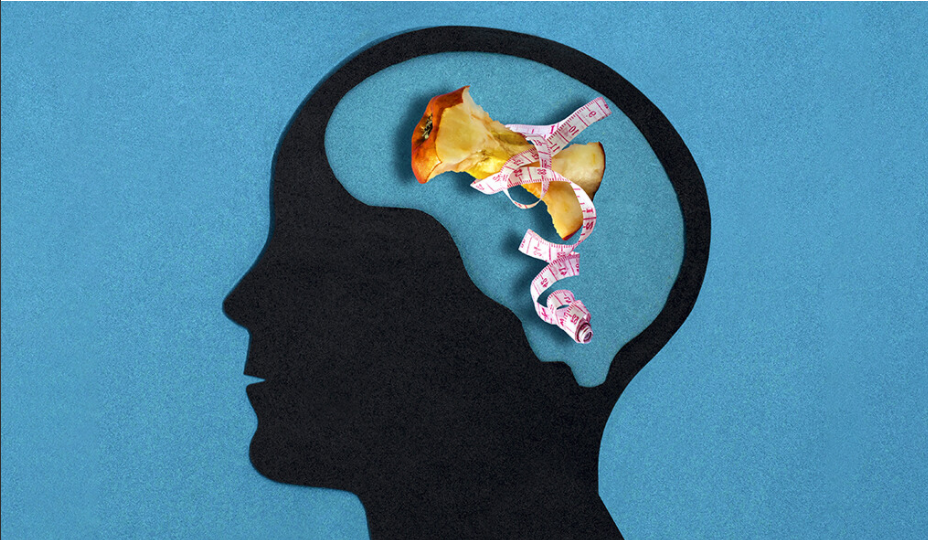Yale study finds neurons that regulate over-exercising in anorexia
Yale researchers have linked the AgRP neurons in the hypothalamus with over-exercising compulsions in patients with anorexia nervosa.

YaleNews
Yale scientists have found specific neurons in the brain can regulate the symptom of over-exercising in patients with anorexia nervosa.
School of Medicine research affiliate Maria Consolata Miletta, the first author of the study, said the researchers used a method called the “activity-based anorexia model,” in which mice on a low-calorie diet who have a running wheel in their cages will over-exercise. The scientists found that specific agouti-related peptide, or AgRP, neurons located in the hypothalamus will show greater activation and stimulate the reward systems in the brain when mice are over-exercising while fasting.
According to Tamas Horvath,the chair of the comparative medicine department, who was also an author in the study, this implied that these neurons cause people to undergo vigorous exercise in nutrient deficient conditions — one of the main symptoms of anorexia nervosa.
“The animals in which we activated these neurons, they were running better and had better stamina,” Horvath said. “They would actually run much better than control animals where we didn’t do anything.”
Horvath said that the AgRP neurons have been a research interest of his since he became a postdoctoral associate at Yale in 1990. He explained that many behaviors are altered when our bodies display hunger, which is due to the hormonal and neurological effects of a lack of energy. Located deep in the brain — in the hypothalamus — these neurons have been shown to be affected by the hormone ghrelin, which is released when a person is hungry.
In a previous study, Horvath and his colleagues found that AgRP neurons mediated the feeling of reward in compulsive behaviors from fasting mice. This finding led them to hypothesize that these neurons could also be activated in disorders with compulsive behaviors, including anorexia.
“The paper is arguing that these neurons are fundamentally important to properly allocate available fuels that you are having in your body, stored at the time of low nutrient availability,” Horvath said. “Through that, they’re capable of supporting functions such as exercise.”
According to Miletta, anorexia nervosa is the psychiatric disorder with the highest mortality rate, so a study like this could be imperative in changing the way scientists think about the disease and therapeutic approaches — and potentially save lives. Current treatment involves the administering of antidepressants to control harmful behaviors such as over-exercising.
Horvath stated that their findings could change the way the field thinks about an anorexic patient’s ability to control their self-image and compulsive behaviors. Neurons located in deeper brain areas, such as the hypothalamus, are not necessarily under conscious control and may not be affected by treatments such as Cognitive Behavioral Therapy.
“If you have a mindset of ‘if I undergo behavior therapy, if I conceptualize and think about things, I am going to be able to be in charge,’ that may or may not work because these neurons are deep inside and you are not capable of controlling them,” Horvath said.
Miletta also described the other finding of the study — when food-restricted mice were later given a high-fat non-restricted diet, they had lower death rates compared to mice who later received a regular non-restricted diet. This indicates another potential treatment change for anorexic people, where those in recovery are given high fat diets in the refeeding phase – the stage in anorexia treatment where doctors have patients start to slowly eat again. The researchers have speculated that this might improve their overall outcome and increase their chance of survival.
According to senior research scientist at the Yale School of Medicine Xiao-Bing Gao, one of the study’s most important findings is the implication that anorexia, a psychiatric disorder, could have symptoms rooted in an area of the brain commonly associated with basic physiological functions such as body temperature regulation.
“It seems reasonable to hypothesize that [anorexia nervosa] patients “consciously” make changes in ways how they view their “images” and make decisions on how they deal with the problems by altering their energy metabolism,” Gao wrote in an email to the News. “However, it is also possible that physiological processes investigated in this study and others may ‘un-consciously’ or ‘sub-consciously’ shape their decision-making as well.”
Horvath showed some optimism regarding a possible drug to aid in the treatment of anorexia. Since the hypothalamus is located outside of the blood-brain barrier — which prevents many chemical compounds from entering the brain — scientists may be able to develop a drug that limits the activation of these neurons in patients with anorexia.
He stated that in the past that it has been difficult to convince funding agencies and other researchers that these primitive neurons could have an effect on the symptoms of psychiatric disorders. This was mostly because researchers did not believe that there could be such deeply-rooted causes to psychological behavior — which is mostly controlled by the brain’s cortex.
According to Miletta, the team is working on determining what kinds of fatty diets would be the best option in decreasing anorexia death rates.
“We also hope that our work [help fight] the stigma around anorexia which is usually considered a psychiatric disease but which might be considered a metabolic-psychiatric disorder,” she wrote.
According to Director of the National Institute of Mental Health Thomas Insel, anorexia nervosa has a mortality rate of around 10 percent.
Beatriz Horta | beatriz.horta@yale.edu







